Heritage sites are not guaranteed protection
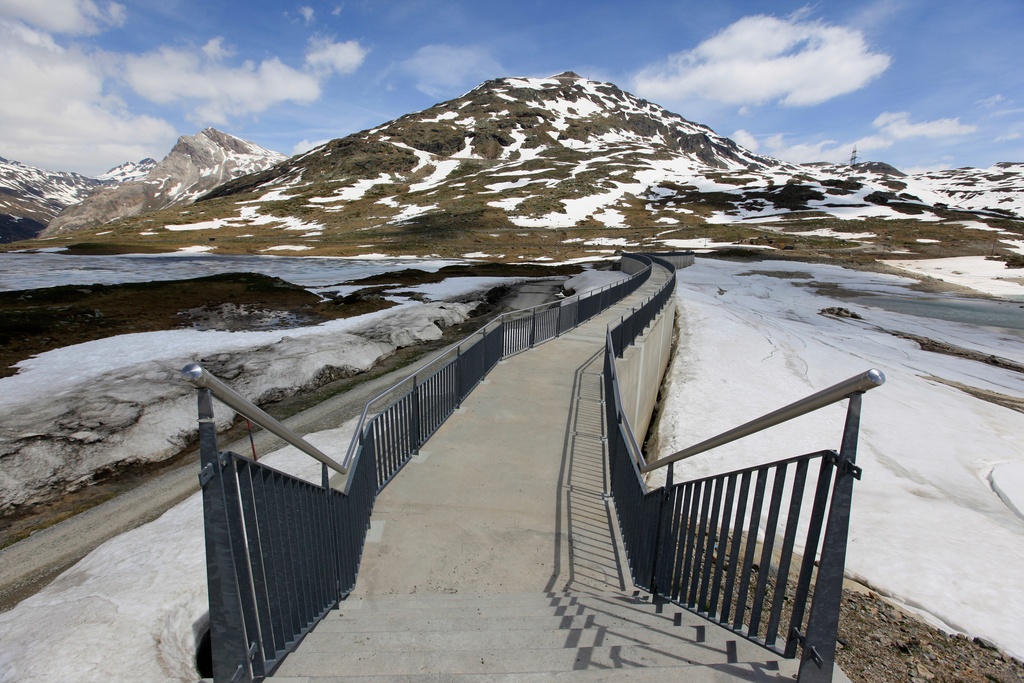
A building in Pompeii, the Roman town frozen in time by a volcanic eruption 2,000 years ago, has collapsed, despite being in a Unesco world heritage site.
Switzerland has ten Unesco world heritage sites, with two more applications in hand, but what happened in Pompeii might set people wondering what the point is.
The collapse was blamed on recent heavy rain. Although a recognised world heritage building, the House of the Gladiators was clearly not safe from the ravages of time and the weather.
Oliver Martin of the Historical Monuments section of the Federal Culture Office explained to swissinfo.ch that the idea behind the heritage label is that sites of “outstanding universal value” belong not just to the country where they are located, but to the whole world.
“The sites can be placed on the list if they have this universal value, and are under protection in their own country,” he said.
But there’s no Unesco money available to help preserve these valuable sites – at least, not for developed countries. There is small fund – about $4 million (SFr3.85 million) a year – fed by Unesco member states (including Switzerland), designed to help countries that cannot afford to finance the protection of their sites themselves.
In addition, many countries contribute to specific projects aimed at safeguarding world heritage. One such project in which Switzerland has participated is the establishment of a database of objects stolen from the Baghdad museum and the training of its staff.
But such projects are the exception.
“In normal circumstances each country is responsible for its own world heritage sites,” Martin said.
In countries like Switzerland, the Unesco sites are covered by well developed national legislation on the protection of monuments and the landscape. In the Swiss system, independent commissions of experts play an important role in advising the local authorities about preservation.
Although Unesco sites do not benefit from any additional legal protection, being in the public eye gives them an edge in debates over further preservation measures.
Indirect benefits
But there are indirect financial benefits to recognition: a listing can give a healthy boost to local tourism, as long as the authorities capitalise on it.
“We have noticed an above-average increase in the use of the Albula and Bernina lines in comparison with the others,” Roman Cathomas, product manager for the Rhaetian Railway Unesco world heritage site told swissinfo.ch.
These two sections of the Rhaetian Railway were given heritage status in 2008.
As Cathomas explained, it was made clear in the application that the railway was not a museum but a fully operational line. And this means that safety has to come first.
Here a specialist commission made up of representatives of the railway, independent experts, and experts from the Swiss Culture Office has to decide whether the railway’s operational plans square with Unesco requirements.
“When we have to do any construction work wherever possible we’ll keep it as it was historically, but where there are safety considerations, we look for a solution that meets both demands,” said Cathomas.
Finding compromises is no idle matter: the German city of Dresden lost its world heritage status in 2009 when it decided that a new bridge to relieve traffic congestion was more important than preserving the unspoiled stretch of river that had earned its Unesco label.
Draughts and beeswax
A very different Swiss site, the 1,200 year-old convent in Müstair, allegedly founded by the emperor Charlemagne, was placed on the heritage list in 1983.
The village, in a remote part of south-east Switzerland, depends on tourism, based on the region’s natural and cultural resources.
“It is difficult to say to what extent Unesco recognition has increased the influx of tourists, but it has certainly given the convent greater visibility, especially abroad,” Elke Larcher, public relations manager for the Pro St John’s Convent Foundation, which looks after the site’s needs, told swissinfo.ch
But the nuns themselves have mixed feelings about the honour.
“It’s a cross we have to bear,” said Sister Domenica, who coordinates relations between the nuns and the expert commission – although she added that it wasn’t entirely negative.
“Since we became a protected monument, we haven’t been allowed to decide for ourselves what can be renovated, and how – and as an object of world cultural heritage it’s even worse.”
The struggle over the draughty baroque windows lasted for ten years, before an invisible layer of double glazing was installed, satisfying the commission’s demand for the preservation of the historic feature and the nuns’ desire not to freeze.
Another bone of contention is the wooden floor of the refectory. The commission won’t allow it to be varnished; it has to be polished with beeswax.
But any bits of food or liquid that spill onto the floor soak in, and leave traces.
“You get down on your knees and scrub and scrub, but you’ll never get the stain out completely,” Sister Domenica told swissinfo.ch.
The commission says they should let a patina form over it, but it will take decades for this to form a natural protective layer.
“These men – and they are all men – don’t have to clean any floors!” the nun sighed.
Benedictine Convent of St John at Müstair
Convent of St Gallen
Old City of Bern
Three castles, defensive wall and ramparts, Bellinzona
Swiss Alps: Jungfrau-Aletsch region
Monte San Giorgio
Lavaux, vineyard terraces
Albula/Bernina stretch of Rhaetian Railway
Sardona tectonic area
La Chaux-de-Fonds/Le Locle, town planning
Proposed sites:
Le Corbusier architecture and town planning (international project initiated by France)
Ancient pile dwellings (international project initiated by Switzerland)
Pompeii’s so-called House of the Gladiators was found in ruins on November 6 following heavy rain.
The house was not normally open to the public, but could be seen from the outside.
It had been damaged during the Second World War and partially rebuilt.
However, it had not been thought likely to collapse.
In Roman times the house was used by gladiators training for fights in the nearby amphitheatre.
Italian Culture Minister Sandro Bondi said the collapse showed the need for “adequate resources” to preserve the country’s heritage.
Pompeii, near the southern Italian city of Naples, was destroyed by the eruption of Mount Vesuvius in AD 79. It was buried under several metres of ash, and rediscovered in the 18th century.
Many of the buildings, with their frescoes, had remained intact.
(with input from Pamo Roth and Stefania Summermatter in Müstair)

In compliance with the JTI standards
More: SWI swissinfo.ch certified by the Journalism Trust Initiative

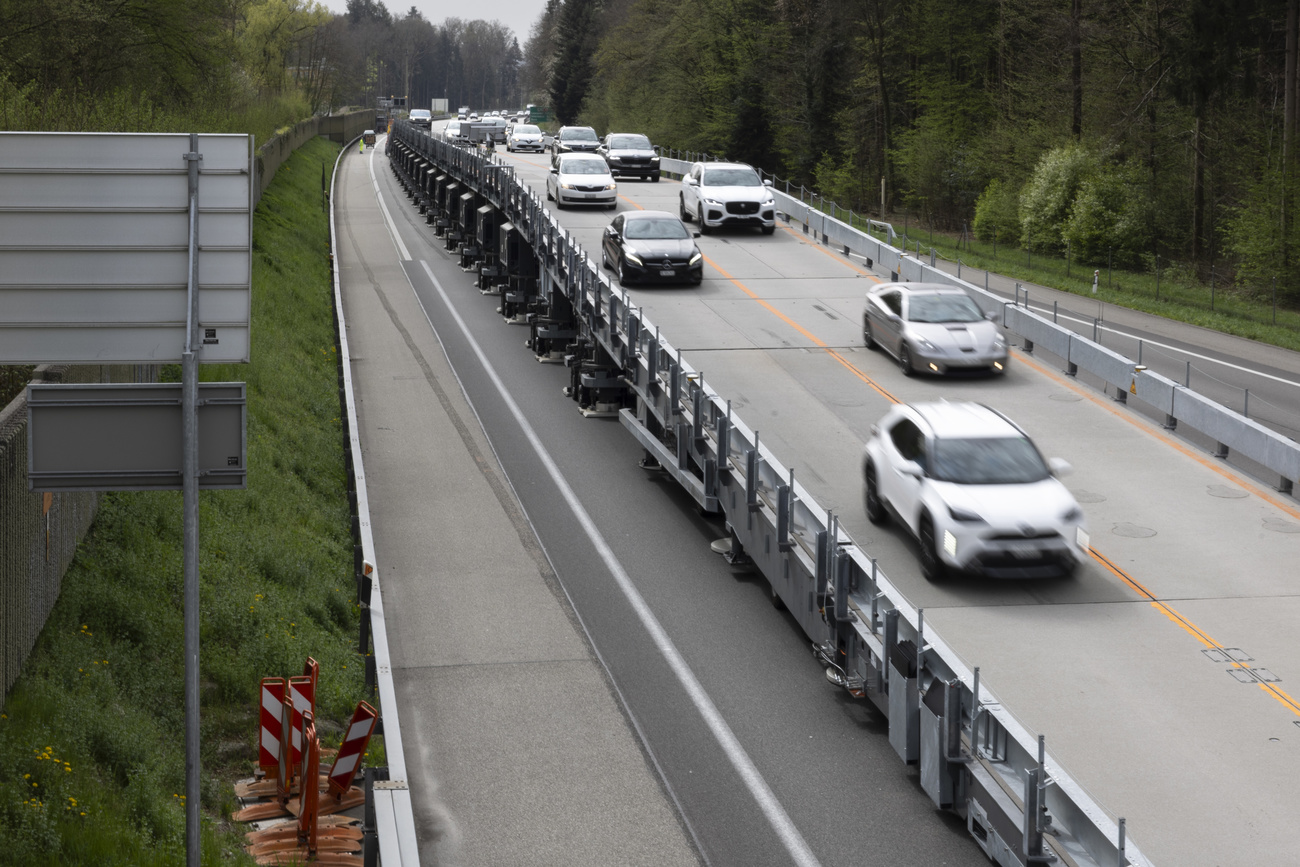

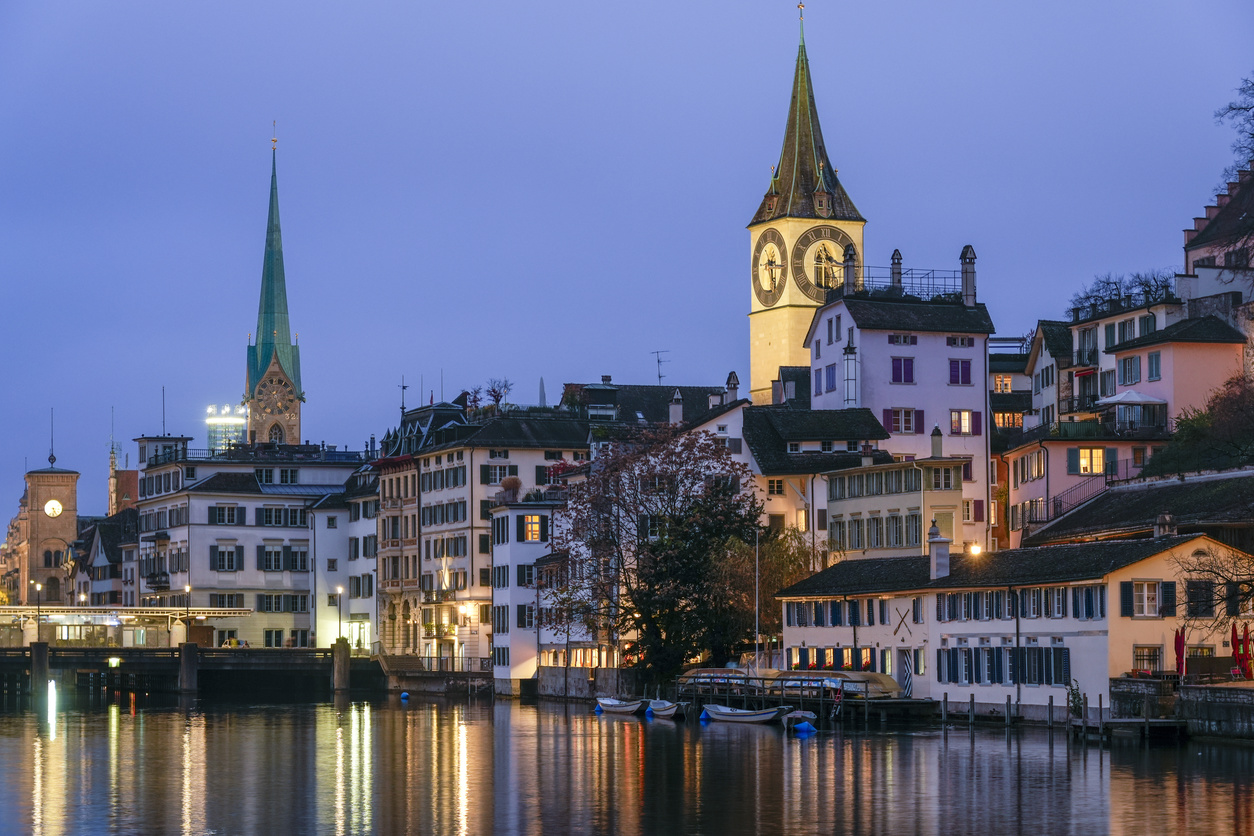





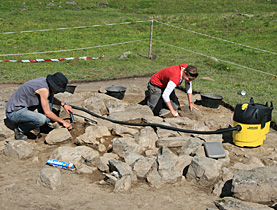
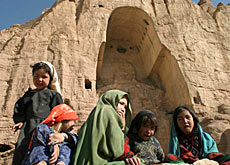


You can find an overview of ongoing debates with our journalists here . Please join us!
If you want to start a conversation about a topic raised in this article or want to report factual errors, email us at english@swissinfo.ch.